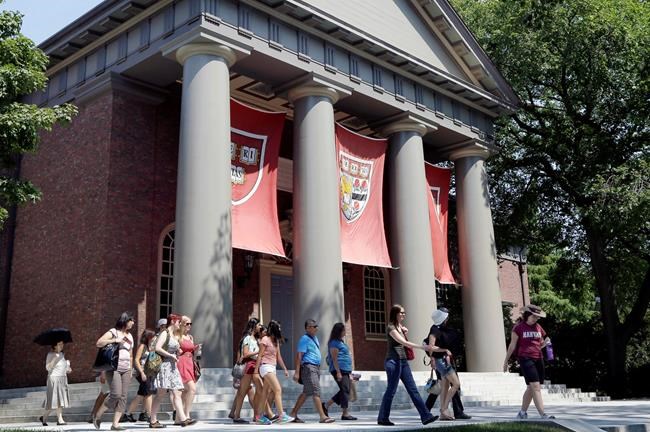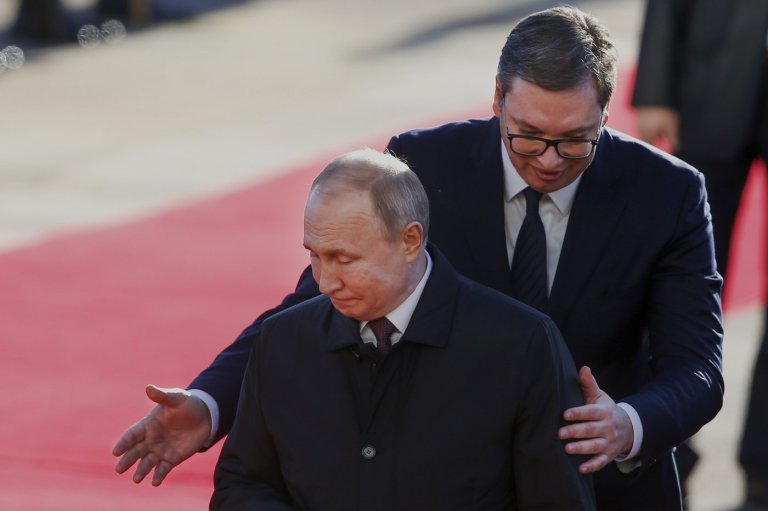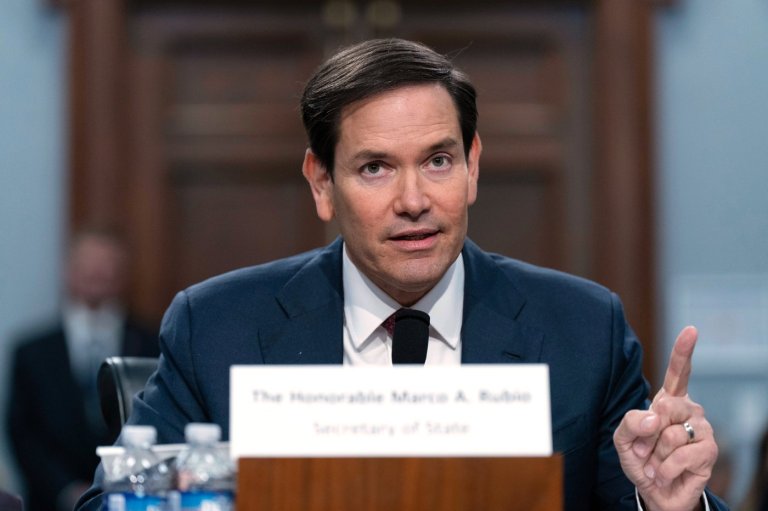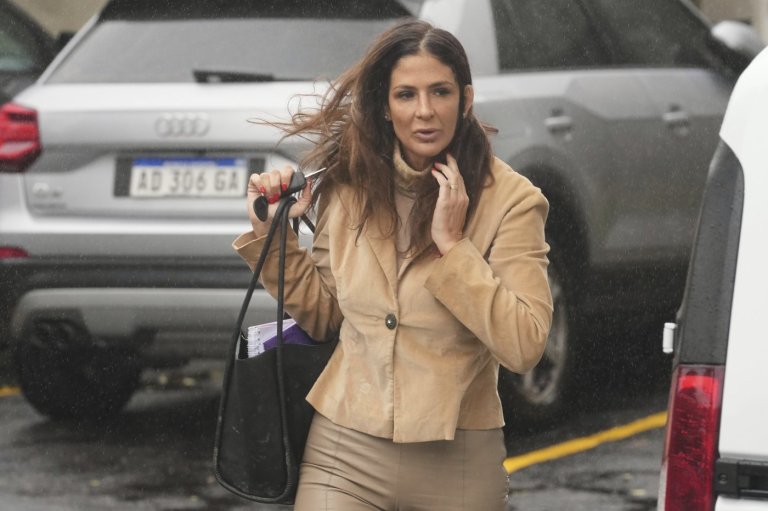
Study: College endowments have worst year since 2009
BOSTON – Hundreds of U.S. colleges lost money on their investments last year, continuing a downward slide that threatens to put a pinch on budgets, according to a new study.
Among 800 schools included in the study, the average endowment shrank by almost 2 per cent, the worst performance since the economic recession in 2009. The annual study is done by the National Association of College and University Business Officers and the Commonfund Institute, a Connecticut investment firm.
In contrast to college endowments, the Standard & Poor’s 500 index, a broad measurement of the stock market, ended 2016 with a gain of 9.5 per cent.
Many colleges invested heavily in stocks outside the U.S., which performed poorly, pulling down their overall returns. Investments in energy and natural resources also led to losses.
It was the second year in a row that colleges saw their returns decrease, following two previous years of strong gains and a series of swings before that.
“We live in an age of tremendous volatility,” Bill Jarvis, executive director of the Commonfund Institute, said in a telephone conference with reporters on Monday.
Some of the nation’s wealthiest universities were hit hardest last year. Harvard University’s $34 billion endowment remained the largest but fell by 5 per cent, the study found. The value of Columbia University’s endowment fell by 6.2 per cent, to $9 billion. The University of Chicago’s fell 7 per cent, to $7 billion.
Yale University stayed at No. 2 behind Harvard, with a $25 billion endowment, followed by the University of Texas system, with $24 billion. Both held about even since the year before.
In general, wealthier schools invest more so-called “alternative strategies,” including hedge funds, which on average led to losses. But the smallest investments, which rely on traditional types of investments such as bonds, performed better. For endowments smaller than $25 million, the average return was a loss of 1 per cent.
To help jumpstart its performance, Harvard’s endowment agency recently made plans to cut half its 230 staff members, focusing instead on hiring external investment experts.
Overall, the 10-year average for endowment returns fell to 5 per cent, well below the goal of 7.4 per cent that many colleges set to make up for inflation and spending. At the same time, most schools continued to increase spending from their endowments last year to pay for operating costs, scholarships and research.
John Walda, president and CEO of the association behind the study, said universities are increasingly relying on endowment money to make up for decreases in state funding. He added that, amid predictions of declining enrolment in many regions, some schools will face budget cuts if returns don’t improve.
Still, the average endowment was almost $640 million in 2016. Some members of Congress have criticized colleges in recent years for amassing large sums of money while increasing tuition, prompting some lawmakers to propose mandatory yearly minimums that schools would have to spend on scholarships.
Walda warned against that idea and said it would put some schools under an even greater pinch, adding that donors typically dictate how endowment gifts must be spent.
“This could easily hamper an institution’s ability to manage spending rates in a prudent way,” he said.
Join the Conversation!
Want to share your thoughts, add context, or connect with others in your community?
You must be logged in to post a comment.


















